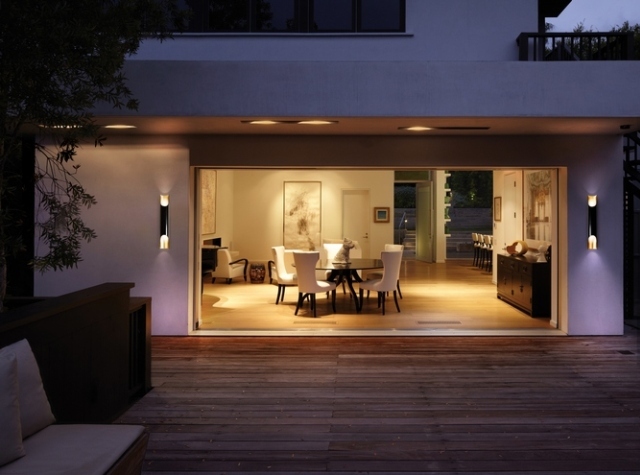One of the easiest and most inexpensive ways to completely transform the way your home looks like is lighting. The proper lighting can highlight all of your house’s best assets and help hide its shortcomings, while at the same time it makes it look more inviting and safer. However, proper lighting and bright lighting are not the same thing; a well-lit room offers illumination at different levels. The combination of shadow and light helps sculpt the space and can make the room more atmospheric and interesting. So in order to capitalize on the lighting in your home, I highly recommend you to follow these 3 simple steps.

Consider Function
Before you install lighting in a room, consider how you are going to use it. Will the room be mostly used throughout the day or mostly in the evening? What kind of activities will take place there, and in which particular parts of the room? For example, if you intend on using the room for reading, you should provide lamps beside every reading spot. If the room is used for watching TV for the most part, you’ll want overall lighting that can be adjusted to various settings and won’t reflect off the TV screen. If the room is used for circulation, completing certain tasks, or by elderly people, you’ll want brighter and uniform lighting. If a particular room is your go-to relaxing spot, then you’ll want to tune down the wattage a bit and turn up the atmosphere.
Consider Decor
If the décor of your room is contemporary, fewer lamps and more built-in lighting is the way to go. If the style is more traditional, pendant lights, lamps and sconces will enhance the look you’re trying to pull off while providing the right illumination.
Consider the Type of Lighting
There are three principle types of lighting, as briefly mentioned above – ambient, task and accent lighting.
Ambient lighting provides overall room illumination and can come from a recessed can, sconces or a ceiling fixture. All of these illuminate the space more evenly and are bright enough to allow you to do your tasks. In order to determine the amount of ambient light you’re going to need, a great way to do so is multiplying the room’s dimensions to get a total square footage, then multiply it by 1.5 – the result will be the total amount of watts you need.
Task light illuminates areas for activities like cooking or reading. It most often comes from a hanging fixture or a lamp. It should cast a pool of light that is at least twice the room’s ambient light and it should be placed in front the person doing the task to prevent him/her from casting a shadow over the work surface. For reading, however, the source of light should come from the person’s side.
And lastly, accent lighting is used to highlight a specific feature in a room, like an architectural element or a piece of art. These usually come in the form of recessed cans or spotlights. While this type of lighting is not as critical as the others, it definitely adds a nice finishing touch to the room. You can use it to highlight a painting you value or showcase the texture of a masonry wall, or simply place it behind a plant to cast a pleasing shadow or accentuate its form.

